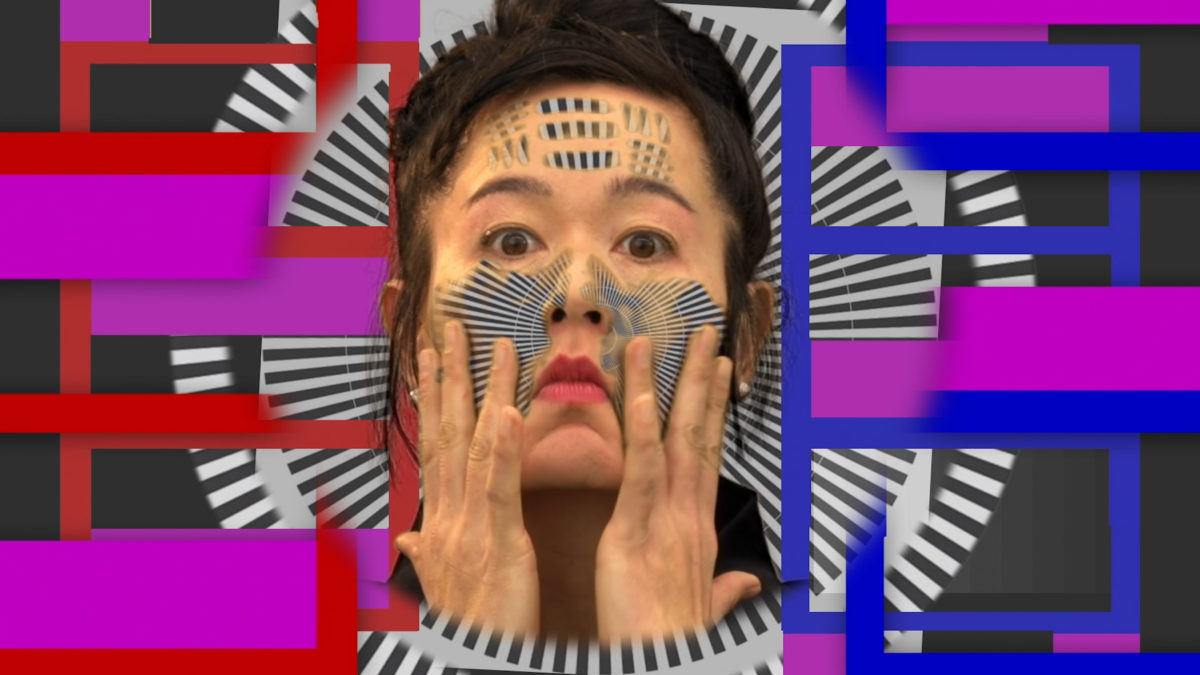[ad_1]
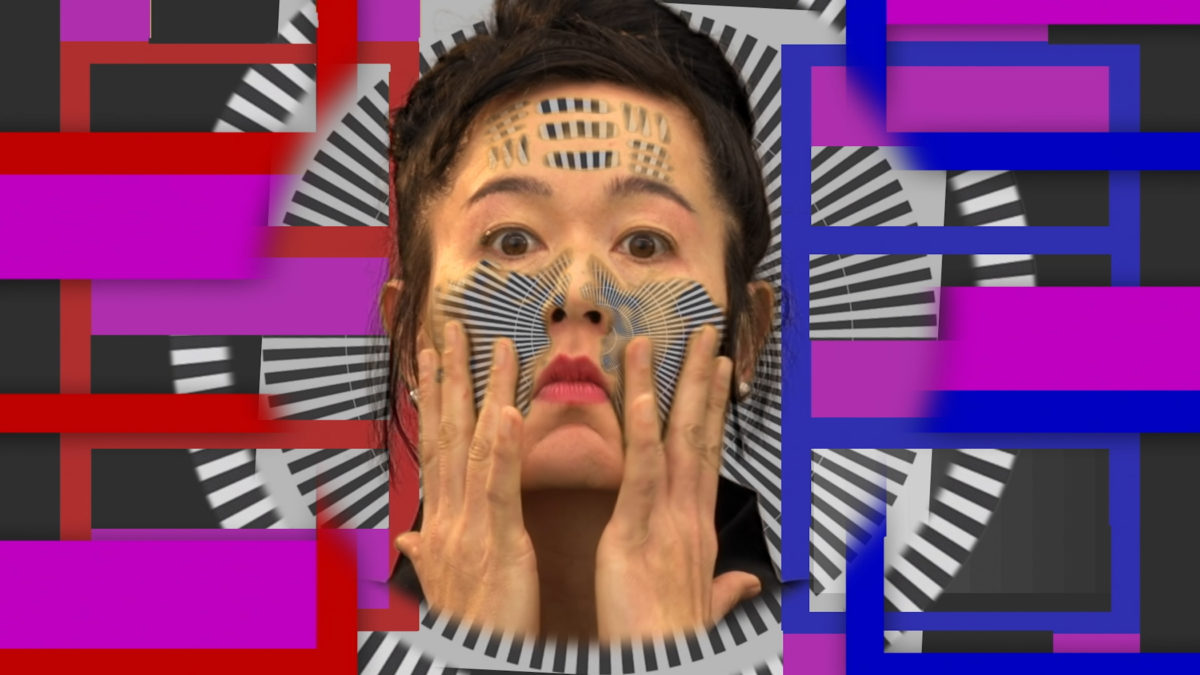
Hito Steyerl, How Not to Be Seen: A Fucking Didactic Educational .MOV File (still), 2013, HD video, 15 minutes 52 seconds, color, sound.
COURTESY THE ARTIST; ANDREW KREPS GALLERY, NEW YORK; AND ESTHER SCHIPPER, BERLIN
Around this time last year, Artspace endeavored to rank all of Hito Steyerl’s single-screen works. This is ultimately an impossible task, of course, since they’re almost all great, and Charlie Markbreiter, who wrote the list, put them all at #1. It’s hard to disagree with that approach, and yet, the possibility of attempting a complete ranking of all of Steyerl’s video works, single and multiscreen, is irresistible. With her current exhibition on view at the Park Avenue Armory in New York through Sunday, and with a survey set to open at the Art Gallery of Ontario in Canada in October, we’ve made one valiant attempt, below.
17. Leonardo’s Submarine, 2019
Admittedly I’ve seen this one only through someone else’s YouTube video of it—but hey, Steyerl once wrote an essay about the dispersion of low-quality rips and copies online as a subversive strategy, and let’s defend the poor image, right? This work, now on view in the central show at the Venice Biennale in Italy, organized by Ralph Rugoff, ties together Leonardo da Vinci’s designs for a submarine, artificial intelligence, defense manufacturing, and environmental disaster, all in a matter of three-and-a-half minutes. It’s all a bit vague and overly obtuse, in a way that’s unusual for Steyerl’s research-based work.
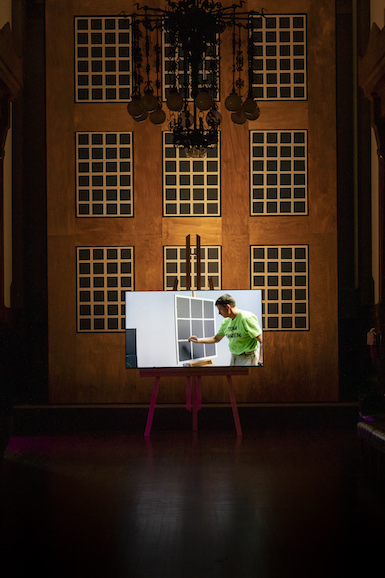
Hito Steyerl, Broken Windows (detail), 2018–19, installation view at Park Avenue Armory, New York.
©JAMES EWING
16. Broken Windows, 2018–19
This two-part video installation explores the notion of broken windows as it relates to crime policy in Camden, New Jersey, and the smashing of glass panes to harvest data used to train an AI program that can recognize the sound of flying shards in London. The topics are a bit too disparate to gel, so the installation, which debuted at the Castello di Rivoli in Milan earlier this year and is now on view at the Park Avenue Armory in New York, never coheres, but at best, it acts as a formal showcase: Steyerl’s sound editing is top-notch in the pane-smashing half.
15. Strike, 2010
Steyerl walks over to a blank flat-screen TV, pushes a chisel into it, and walks away, leaving the monitor displaying an abstract pattern. It’s a throwaway effort, but it’s amusing nonetheless.
14. Red Alert, 2007
A simple piece: just three screens displaying looped monochromatic images of the color red—a reference both to a similar-looking Aleksandr Rodchenko triptych and terror alerts put out by the U.S Department of Homeland Security. This one is an early example of Steyerl’s attempts to expose the hidden forms of violence that exist in museum settings.
13. ExtraSpaceCraft, 2017
An oblique, jokey, quasi-science-fictional tale in which the Iraqi National Observatory becomes a space agency; it’s apparently shot from the point of view of a drone. This is ranked relatively low because it’s hard to make heads or tails of it—the digressive semi-narrative that Steyerl lays out is hard to follow, though with its various images of astronauts in CGI settings, it looks great. (A bonus: Be on the lookout for artist Trevor Paglen, who briefly appears as one of the cosmonauts.)
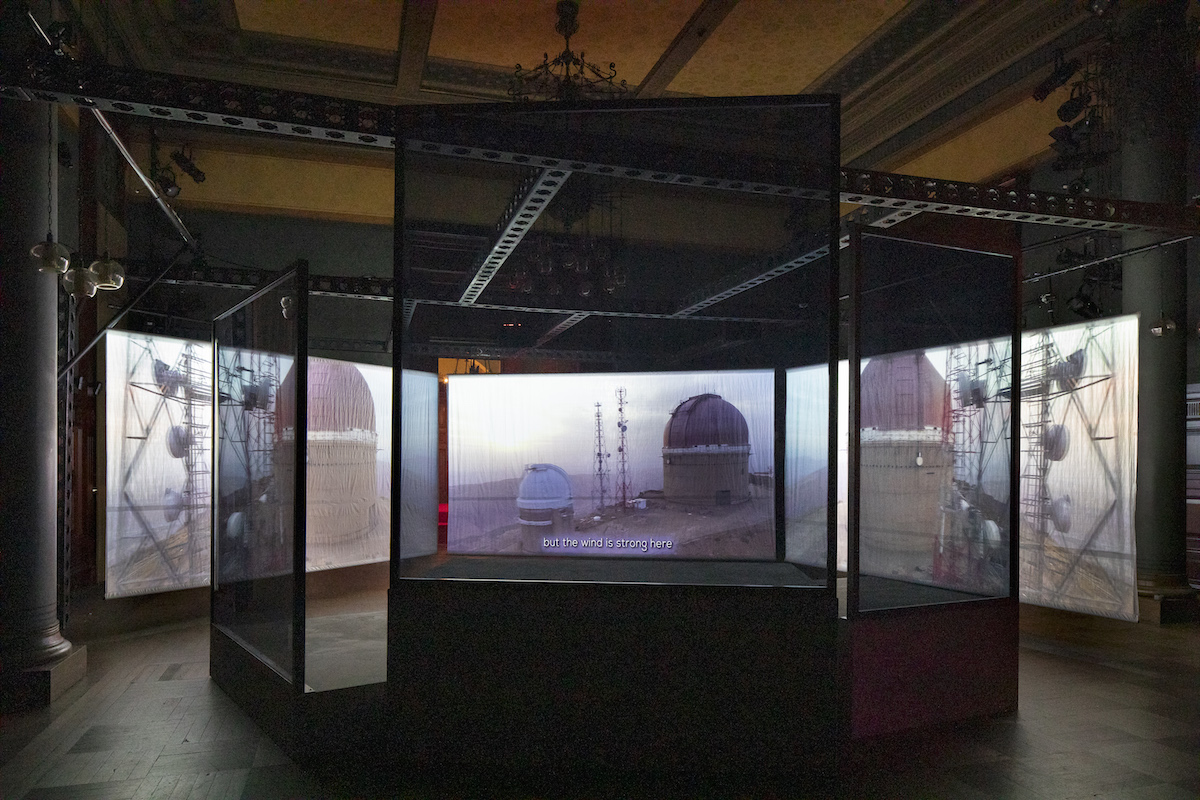
Hito Steyerl, ExtraSpaceCraft, 2017, installation view at Park Avenue Armory, New York.
©JAMES EWING
12. Adorno’s Grey, 2012
This essay film about the university lecture hall in which Theodor Adorno taught in Frankfurt gets points for its cool-headed interest in the inability of theory to effect change (it culminates in a story about women interrupting a talk by the philosopher by baring their breasts), but it’s somewhat dry—a problem only reinforced by the video’s entirely gray color palette.
11. The Tower, 2016
Steyerl’s digressive sensibility is on full display here, in a short essay film that focuses loosely on a Ukrainian video-game company designing a computer-generated Tower of Babel. (It appeared in DIS’s 2016 edition of the Berlin Biennale.) It goes on to launch into a meditation on the concept of offshore assets and a plan by Saddam Hussein to erect a Babel-like structure. Steyerl seems fascinated by the notion that anyone can own immaterial concepts today, but her admixture of lesser-known strands of history and knowingly concocted fantasy can grow confusing, perhaps in a good way.
10. Drill, 2019
Lavishly displayed in the Park Avenue Armory, this is a lesser, though still very notable, example of the unsavory connections between art institutions and carnage that Steyerl often addresses in her work. It’s a showcase for her editing skills more than anything else, with elegant choreographies of documentary interviews she shot that play out across three gigantic screens.
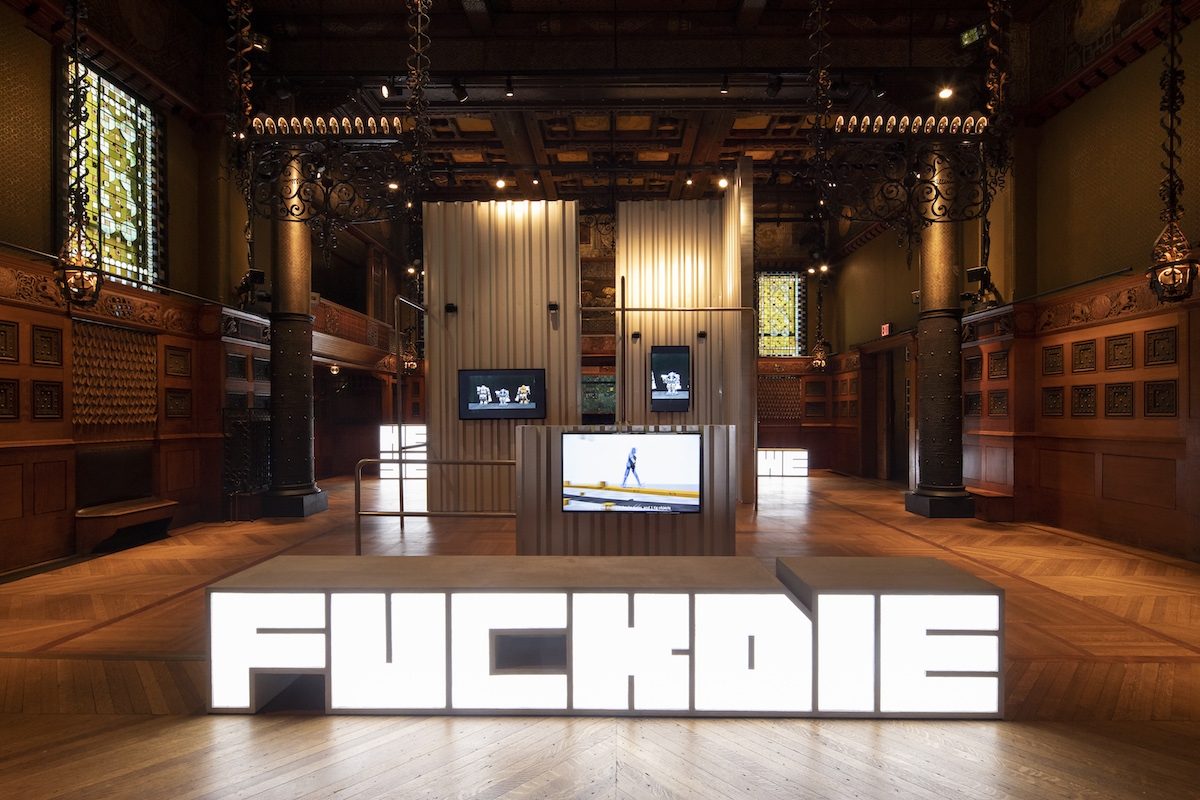
Hito Steyerl, Hell Yeah We Fuck Die, 2016, installation view at Park Avenue Armory, New York.
©JAMES EWING
9. Hell Yeah We Fuck Die and Robots Today, both 2016
One of Steyerl’s funnier—and, because of it, more disturbing—efforts, this installation (which appeared in the 2016 edition of the Bienal de São Paulo and the 2017 edition of Skulptur Projekte Münster in Germany) focuses on the violent exploitation of robots by the scientists who perform experiments on them. Set to a poppy electronic soundtrack and arranged in what appears to be a post-industrial gymnasium, the work indicts viewers as they laugh at it.
8. November, 2004, and Abstract, 2012 (tie)
The former video is the one that made Steyerl famous: the artist muses on the life of her friend, Andrea Wolf, who was killed in 1998 while fighting as part of a leftist military group in Kurdistan. In the latter video, she revisits the site where Wolf died, and ponders how time and cameras emotionally blunt past traumas. Both are truly beautiful and unexpectedly moving.
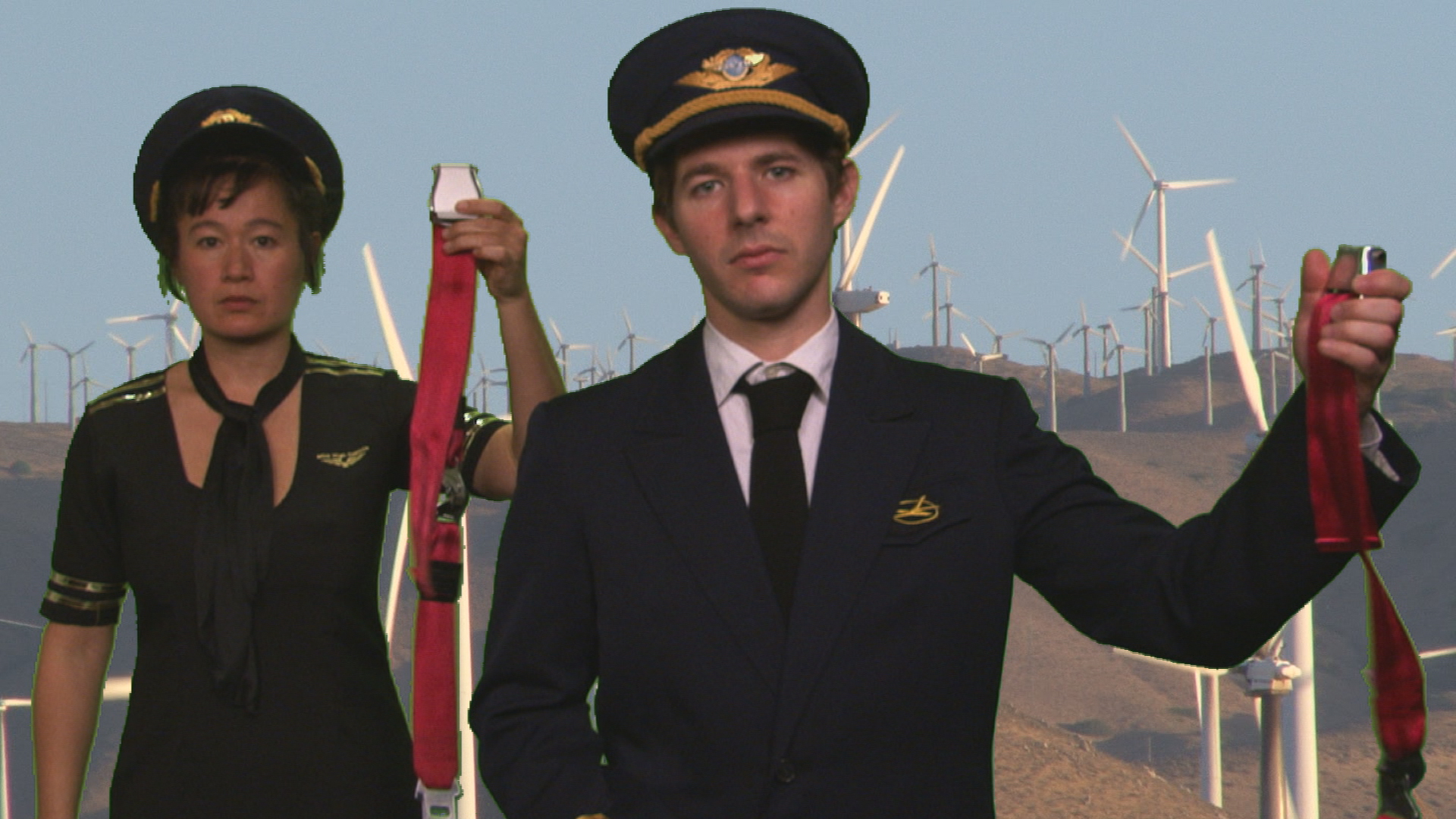
Hito Steyerl, In Free Fall, 2010 (still), HD video, 33 minutes, 43 seconds, color, sound.
COURTESY THE ARTIST; ANDREW KREPS GALLERY, NEW YORK; AND ESTHER SCHIPPER, BERLIN
7. In Free Fall, 2010
Steyerl traces the many lives of one Boeing 707 airplane, from its service as a charter vehicle by the Israeli military, to its explosion for a special-effects shot in the action movie Speed, and, finally, to its recycling to create the very DVDs that now contain copies of the film for which it was destroyed. Whether this brilliant filmic essay is telling the truth or not doesn’t matter at a certain point. Steyerl is plumbing how pictures are created, the political undercurrents of their making, and what gets erased in the process.
6. Lovely Andrea, 2007
This is a rare instance of personal disclosure for Steyerl: a Chris Marker–like essay film in which the artist goes in search of a 1987 picture of herself in which she posed as a model for shibari—rope bondage—in Japan. She finds more than the photograph, however, and in the process wonders who really owns an image—or themselves, for that matter—these days, when capitalistic structures control just about everything.
5. Guards, 2012, Is the Museum a Battlefield?, 2013, and Duty Free Art, 2015 (tie)
This trio of works deals with the sick, strange relationship between art institutions, violence, and global conflict, and all were produced several years before controversies involving board members and sources of funding at museums hit mainstream consciousness. Guards—a single-screen work in which Steyerl’s camera traces museum guards as they recount stories of their military training—feels particularly incisive today.
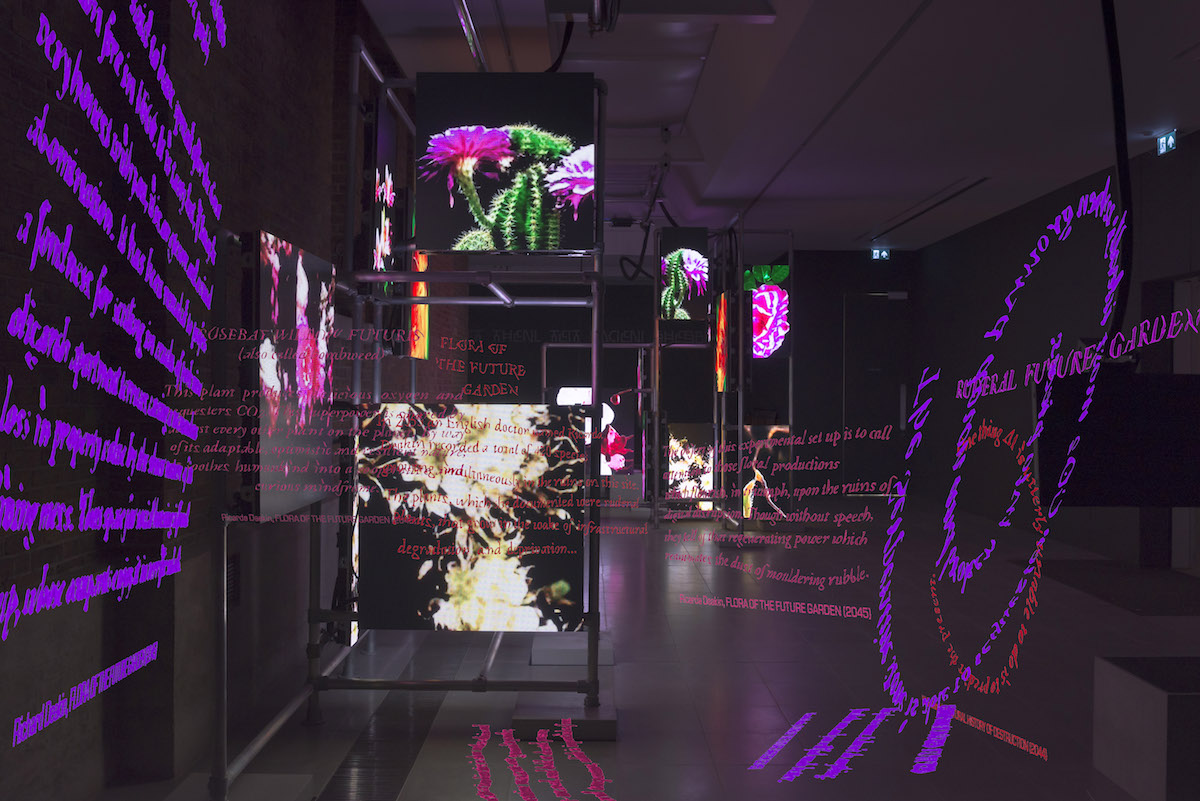
Hito Steyerl, Power Plants, 2019, installation view with augmented reality piece overlaid at Serpentine Galleries, London.
COURTESY THE ARTIST; ANDREW KREPS GALLERY, NEW YORK; AND ESTHER SCHIPPER, BERLIN/PHOTO: ©2019 READSREADS.INFO
4. Power Plants, 2019
There’s something to be said for the sculptural aspects of Steyerl’s video installations, and Power Plants, which appeared at the Serpentine Galleries in London earlier this year, was one of her greatest three-dimensional pieces to date. (Another version of it is on view at the Venice Biennale, where it’s titled This Is the Future [2019].) It resembles a web of interconnected of video screens, many of them displaying AI-generated images of flowers that are meant to envision their blooms just 0.04 seconds in the future. Accompanied by an augmented reality piece with fake transmissions from years still far ahead, the piece smartly mocks our obsession with predicting what will happen in the future, at a time when we can barely deal with the dour present.
3. Factory of the Sun, 2015
Rarely do Steyerl’s videos go full-tilt into speculative fiction, but when they do, they’re a pleasure. In Factory of the Sun, Deutsche Bank has harnessed control of the sun. Meanwhile, a group of performers is being filmed via motion capture, and their movements power the planet. First shown in the German pavilion at the 2015 Venice Biennale in a room filled with lounge chairs and a Tron-like gridded floor, the video is a surreal statement about the corporate ownership of user-created content—and would rank high even if it contained only its showy dance sequences.
2. Liquidity, Inc., 2014
One of Steyerl’s most eminently watchable efforts, this video explores what it means to be “like water,” as Bruce Lee once put it—unstable, unfixed, uncontrollable—in a world where everything is connected. Steyerl makes an art of whipping between disparate subjects—mixed martial arts, the 2008 U.S. recession, and Hokusai prints are among her topics—and her editing, which often involves the dense layering of images through digital techniques, is likewise sublime.
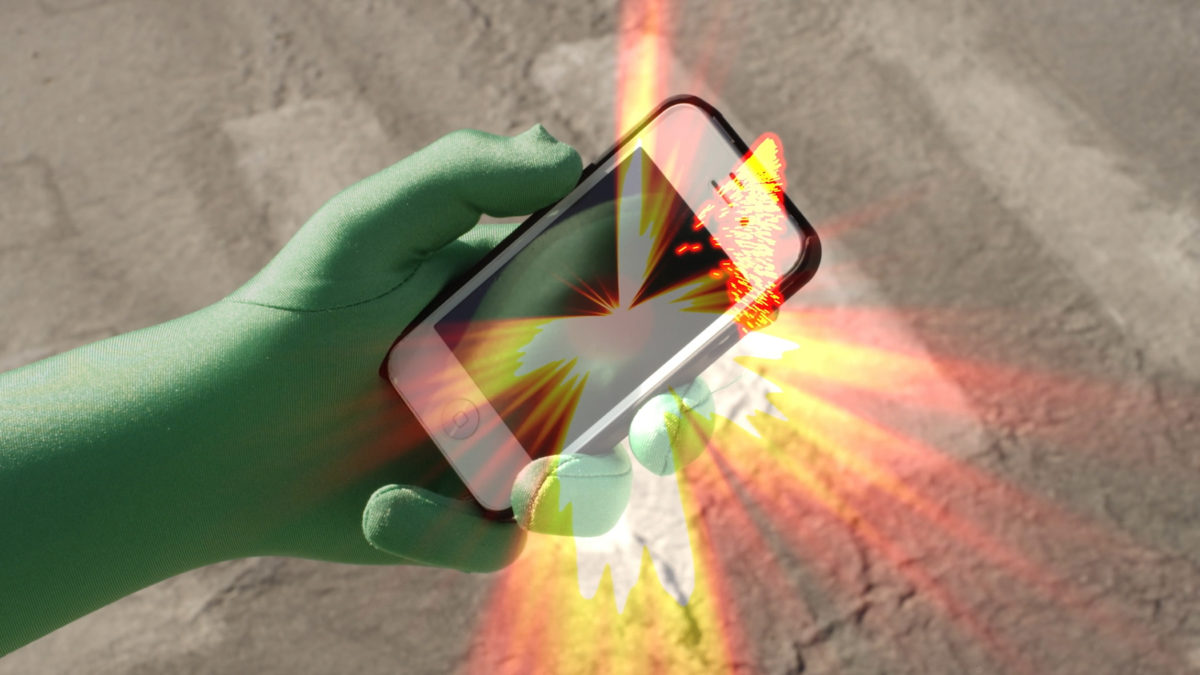
Hito Steyerl, How Not to Be Seen: A Fucking Didactic Educational .MOV File (still), 2013, HD video, 15 minutes 52 seconds, color, sound.
COURTESY THE ARTIST; ANDREW KREPS GALLERY, NEW YORK; AND ESTHER SCHIPPER, BERLIN
1. How Not to Be Seen: A Fucking Didactic Educational .MOV File, 2013
Steyerl’s finest work is maybe the most concise and perfect summation of all of her interests: a 14-minute essay on visibility, the circulation of images, and the bizarre power dynamics that guide the digital sphere. Edited into the form of a faux informational documentary, the film features Steyerl, wearing a black robe, asking an important question: Is it even possible to be invisible in a time when anything and anyone can be seen? (Her answer may surprise you.) Six years after its making, this one has been shown widely, and for good reason: it’s already a classic.
[ad_2]
Source link

